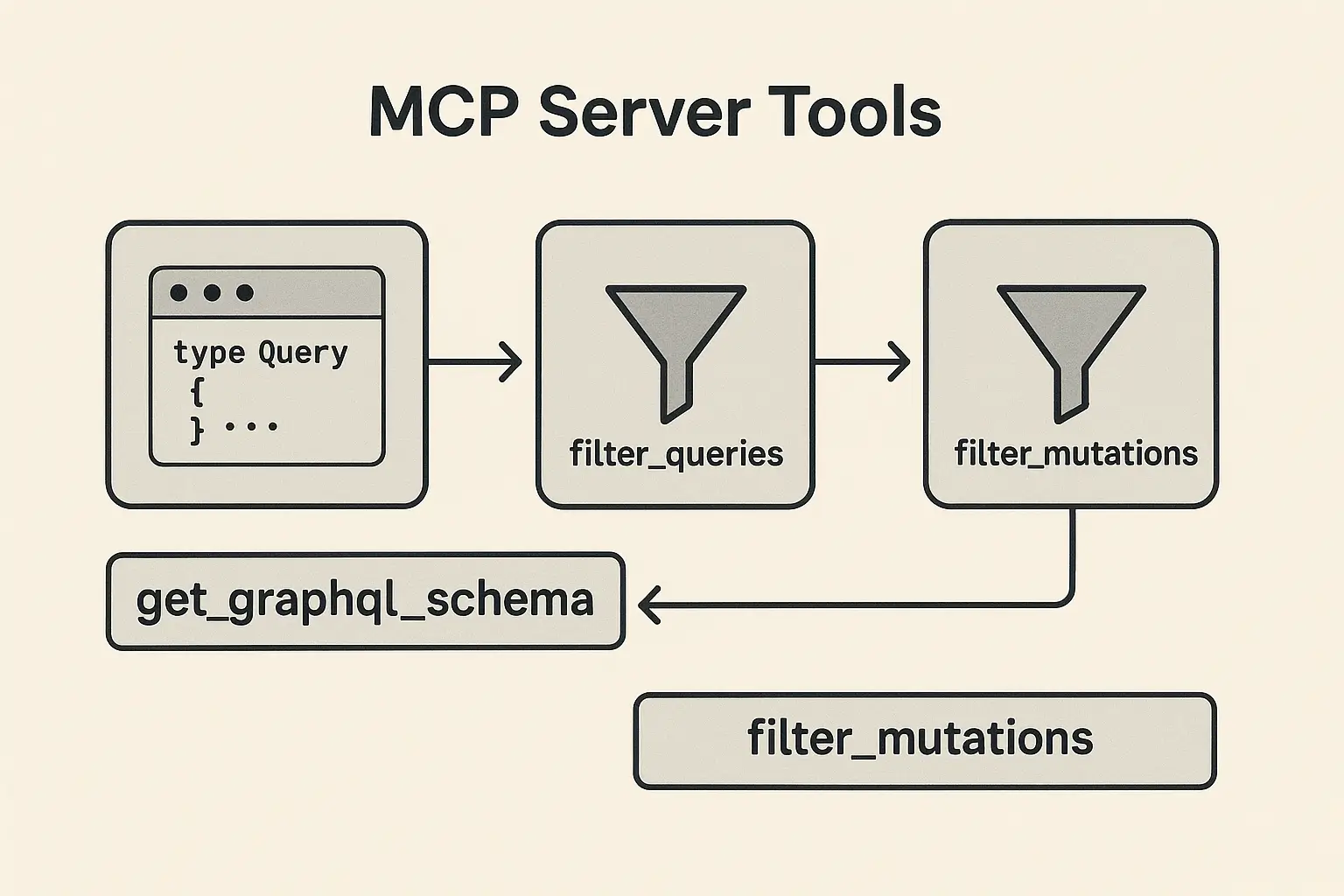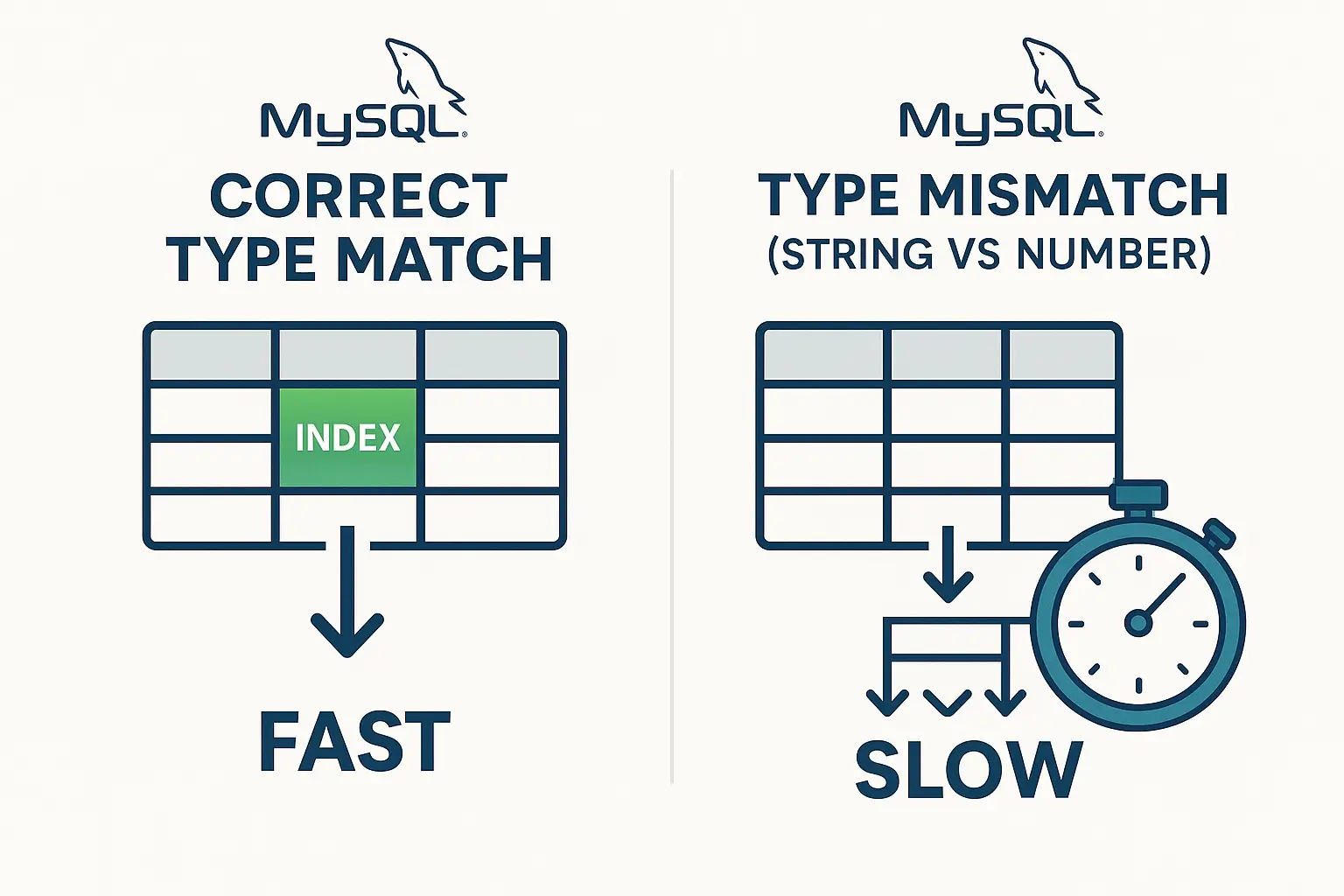Traefik with docker – The Modern Reverse Proxy
If you’re working with microservices, containers, or cloud-native applications, chances are you’ve come across reverse proxies. Traefik is one of the most modern and powerful reverse proxies available, specifically designed for dynamic environments like Docker, Kubernetes, and other containerized systems. In this post, I’ll introduce Traefik, highlight its core features, explain common use cases, and cover the pros and cons.
What is Traefik?
Traefik is a cloud-native reverse proxy and load balancer that helps manage requests and traffic routing for modern services. It’s built to work seamlessly with container orchestration platforms like Docker and Kubernetes, making it ideal for scaling applications efficiently.
Why Use Traefik?
- Seamless Integration with Containers
Traefik was designed to natively support Docker, Kubernetes, and other container orchestration tools. It automatically detects and updates routing rules as services come and go, making it perfect for dynamic environments. - Built-in SSL Management
Traefik comes with automatic Let’s Encrypt integration, making SSL certificate management easy. It can handle HTTPS out of the box, saving you time and effort with secure configurations. - Routing and Load Balancing
Traefik dynamically routes traffic to your containers or services, ensuring that incoming requests reach the correct service. It also includes load balancing features to distribute traffic effectively. - Middlewares for Advanced Routing
Traefik’s middleware feature allows you to apply additional logic to your traffic, such as URL rewriting, redirection, rate limiting, and more. This gives you great flexibility to control how requests are processed.
Common Use Cases for Traefik
- Microservices Architecture
In microservice environments, multiple services need to be exposed to the internet or internal clients. Traefik simplifies service discovery and routing between these services, handling both HTTP and HTTPS traffic seamlessly. - Docker Swarm and Kubernetes
When running applications in containerized clusters like Docker Swarm or Kubernetes, Traefik automates the routing and load balancing of requests to services, dynamically updating as services scale up or down. - DevOps and Continuous Integration/Continuous Deployment (CI/CD)
Traefik fits well into a CI/CD pipeline by automatically adjusting routes for services based on deployment changes. This reduces the need for manual intervention during the deployment process and improves agility. - HTTPS and TLS Certificate Management
For websites or APIs requiring SSL encryption, Traefik’s integration with Let’s Encrypt allows automatic handling of HTTPS, eliminating the hassle of manually setting up and renewing certificates.
Pros and Cons of Using Traefik with docker
| Pros | Cons |
|---|---|
| Automatic service discovery: Saves time by automatically detecting and routing services without manual configuration. | Complex configurations for advanced use cases: Advanced routing rules might require more complex configurations. |
| Easy SSL management: Let’s Encrypt integration automates HTTPS setup. | Performance under heavy traffic: In some cases, Traefik may not perform as well as traditional reverse proxies like Nginx in high-traffic scenarios. |
| Flexible routing: Advanced traffic handling options such as load balancing, URL rewriting, and rate limiting. | Limited native caching: Traefik lacks built-in caching mechanisms like Nginx, potentially requiring a separate caching layer. |
| Cloud-native design: Perfect for Docker, Kubernetes, and other container environments. | MUST pre-config if using with Nginx/Apache on same server |
| Dashboard and metrics: Built-in dashboard for monitoring and real-time metrics. |
How Does Traefik Work?
Traefik acts as the entry point to your network, routing incoming HTTP, HTTPS, and TCP traffic to the correct backend services. It detects services dynamically, meaning that when a new container starts, Traefik automatically configures itself to route traffic to that container.
Key Features of Traefik:
- Auto-discovery of services (especially useful with Docker).
- Dynamic configuration for adapting to changing environments.
- TLS management via Let’s Encrypt.
- Advanced routing options for HTTP, HTTPS, and TCP.
- Dashboard for monitoring and observing traffic.
Getting Started with Traefik and Docker
If you want to quickly spin up Traefik in a Docker environment, here’s a simple example:
- Setup Docker Compose for Traefik:
Create adocker-compose.ymlfile for Traefik:
version: '3'
services:
traefik:
image: traefik:v2.0
command:
- "--api.insecure=true"
- "--providers.docker=true"
- "--entrypoints.web.address=:80"
- "--entrypoints.websecure.address=:443"
- "--certificatesresolvers.myresolver.acme.tlschallenge=true"
- "--certificatesresolvers.myresolver.acme.email=youremail@example.com"
- "--certificatesresolvers.myresolver.acme.storage=/letsencrypt/acme.json"
ports:
- "80:80"
- "443:443"
volumes:
- "/var/run/docker.sock:/var/run/docker.sock"
- "./letsencrypt:/letsencrypt"- Run Traefik with Docker:
Start the Traefik service:
docker-compose up -dThis will launch Traefik, ready to automatically manage traffic for your Docker services.
Compare Traefik with Nginx and Apache2

Here’s a highlighted version of the comparison table, indicating which service is generally better for each category:
| Feature/Metric | Traefik | Nginx | Apache |
|---|---|---|---|
| Performance (Throughput) | Good for moderate traffic, but not optimal for very high concurrency | 🏆 Best for high-performance scenarios with high concurrency | Slower with high concurrency due to process/thread-based model |
| Scalability | 🏆 Best for dynamic scaling in Docker/Kubernetes environments | Scalable but requires more manual setup for dynamic scaling | Less suited for dynamic scaling compared to Nginx and Traefik |
| Resource Efficiency | Lightweight, but might not be as efficient under heavy load | 🏆 Best resource efficiency, handles high traffic with minimal memory | Uses more memory, less efficient under high traffic |
| Ease of Configuration | 🏆 Easiest for containerized setups, auto-discovery of services | Requires manual configuration, but well-documented | Complex configuration compared to both Nginx and Traefik |
| SSL Management | 🏆 Built-in Let’s Encrypt, automatic SSL handling | Manual or automated setup | Manual configuration needed |
| Middleware & Features | Supports dynamic middleware, load balancing, and rate limiting | Basic routing, caching, and rate limiting but fewer dynamic options | Full-featured with additional modules, but lacks dynamic middleware support |
| Caching | No built-in caching | 🏆 Built-in caching with proxy_cache, highly effective | Caching available but less efficient than Nginx |
| Container Support | 🏆 Best for containers, built for Docker/Kubernetes | Works with containers but requires more configuration | Not designed for containers, requires more setup |
Highlights:
- Nginx shines in performance, resource efficiency, and built-in caching capabilities. It’s the go-to choice for high-performance, high-traffic sites.
- Traefik excels in cloud-native, containerized environments with minimal configuration and built-in features like Let’s Encrypt for SSL. It’s best for dynamic, microservice architectures.
- Apache is more traditional and full-featured but falls behind in performance and scalability compared to Traefik and Nginx.
Conclusion
Traefik is a powerful tool that simplifies the process of routing and load balancing in dynamic environments. Whether you’re deploying a small web service or managing large-scale microservices, Traefik’s ease of use and seamless integration make it an excellent choice. It eliminates much of the manual configuration traditionally needed in reverse proxies and provides advanced routing options out of the box.
If you’re looking for an efficient way to manage your traffic and scale your services, Traefik is a solution you can’t ignore. Try it out and see how it simplifies your architecture!





